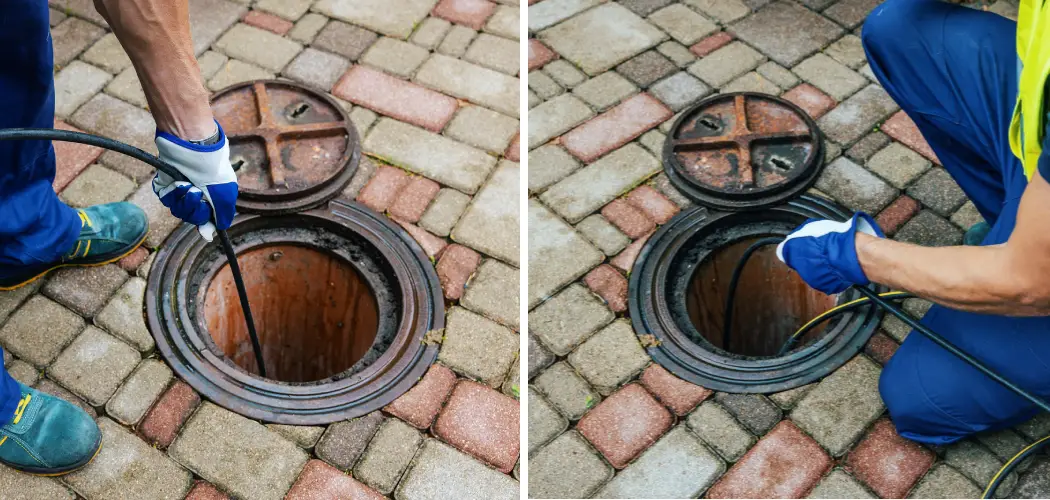Are you dealing with clogged pipes that just won’t budge? Are you trying to find a fast and efficient way to clear your drains? If so, drain jetting may be the perfect solution for you! Drain jetting is one of the most potent ways of removing stubborn blockages from draining systems. This technique allows sewer lines to quickly be cleared of debris or clogging without causing significant disruption in your home.
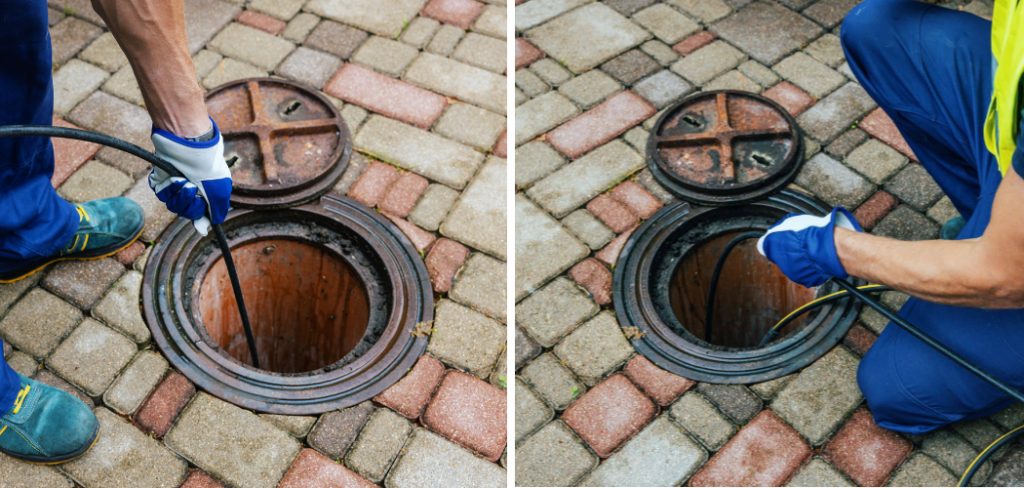
This tool works by using a high-pressure water stream to blast away any obstructions in your drain pipes. The process involves firing a concentrated jet of water at extremely high pressure through the pipes, effectively pushing out any debris and waste material.
Read on to learn more about how does drain jetting work and why it is such an effective tool!
Why Choose Drain Jetting?
There are several reasons why drain jetting is a preferred method for unclogging drains. First and foremost, it is quick and efficient. Unlike traditional methods that require manual labor or chemicals, drain jetting can clear out blockages in no time. This makes it perfect for emergencies or when dealing with severe obstructions.
Moreover, drain jetting is environmentally friendly as it does not involve using harsh chemicals that can damage pipes and contaminate the environment. It also eliminates the need to dig up your yard or break down walls to access the pipes, which can be costly and time-consuming.
10 Easy Steps on How Does Drain Jetting Work
Step 1. Inspection:
The first step in the drain jetting process involves thoroughly inspecting the drain system using a specialist drain camera. This allows the professional to identify the exact location and nature of the blockage. If there are any major issues, they can also be identified at this stage.
Step 2. Preparation:
Once the inspection is complete, the area is prepared for the drain jetting procedure. This might involve clearing the area around the access point to the drain and setting up any necessary safety equipment. It’s essential to ensure that the surrounding area is safe and secure to prevent any accidents. The drain jetting machine is then prepared by checking it is in full working order and loaded with enough water to complete the job.
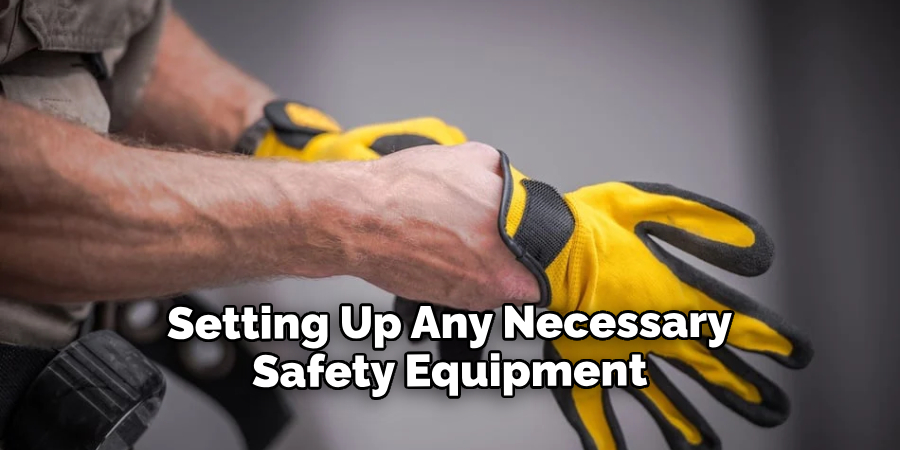
Step 3. Initiation:
This is the stage where the actual cleaning process commences. The drain jetting machine is switched on and the operator guides the high-pressure water jet into the drain. The force of the water is adjusted as per the severity of the blockage, assuring that no damage is caused to the pipe while effectively dislodging the obstruction.
Step 4. Jetting:
The high-pressure water jet is then moved back and forth within the pipe. This creates a powerful scouring action that dislodges and disintegrates the blockage without causing any harm to the pipe structure. Even the most stubborn of blockages can be eliminated through the combined actions of pressure and movement. The objective is to restore the drain pipe to its original free-flowing condition.
Step 5. Flushing:
After the blockage is disintegrated, it’s time to flush out the debris. The jetting hose is pulled back slowly to ensure any dislodged debris is pushed out of the pipe. This step may be repeated several times until the water running through the pipe is clear and debris-free. The effectiveness of the flushing process is crucial to ensure that the drain pipe is thoroughly cleaned and ready for use.
Step 6. Post-Jetting Inspection:
Once the jetting and flushing process is complete, a post-jetting inspection uses the drain camera. This step ensures that all blockages have been completely removed and the pipe is clean. The camera also inspects the pipe for potential damage or issues that could cause future blockages.
Step 7. Final Cleanup:
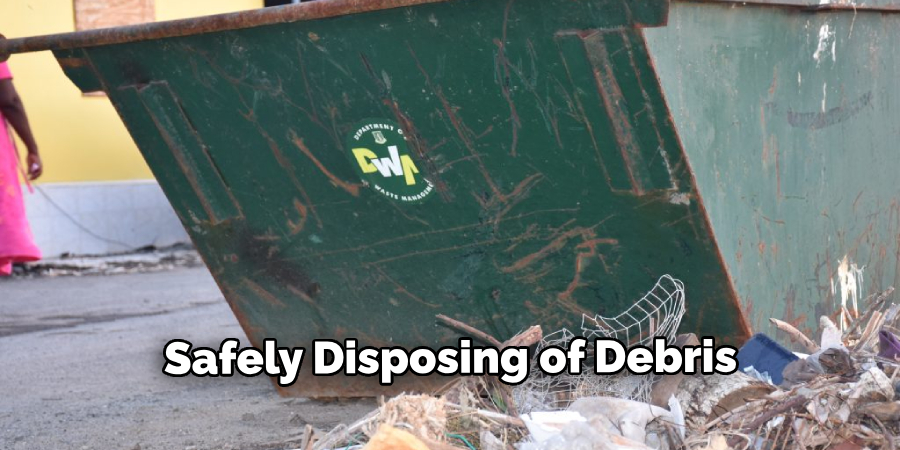
The final step in the drain jetting process involves cleaning the work area. This includes packing up the equipment used, safely disposing of debris, and sanitizing the area if necessary. The professional spearheading the process will ensure everything is in order before they leave, allowing you to enjoy your newly restored plumbing system.
Step 8. Regular Maintenance:
After the drain jetting process, keeping up with a regular maintenance schedule is advisable to prevent future blockages. This might involve periodic inspections, minor drain jetting to clear any accumulating debris, and taking simple steps like avoiding the disposal of fats, oils, and grease into your drains. Regular maintenance can significantly extend the life of your drainage system and prevent any significant clogs from forming.
Step 9. Emergency Response Planning:
After the drain jetting process, creating an emergency response plan is crucial. This involves identifying a reliable, professional drain jetting service that you can call on in case of a sudden severe blockage or drain-related emergency. Having a plan can save you valuable time and prevent further damage during an emergency. It’s always better to be prepared and know who to call when your drains need immediate attention.
Step 10. Customer Education:
Lastly, a crucial part of this process is educating yourself about your draining system. Understanding what causes blockages and how to prevent them can help maintain the health of your system. Many professionals will be happy to provide advice and guidance on this aspect.
Furthermore, this understanding will also help you realize the importance of regular maintenance and its role in preventing severe blockages. Therefore, be bold in asking questions and seeking out information. This step, although indirect, plays a significant role in the overall effectiveness of the drain jetting process.
By following these simple steps, you can better understand how drain jetting works. Remember, prevention is always better than cure, so ensure you take the necessary steps to maintain your drainage system in top condition.
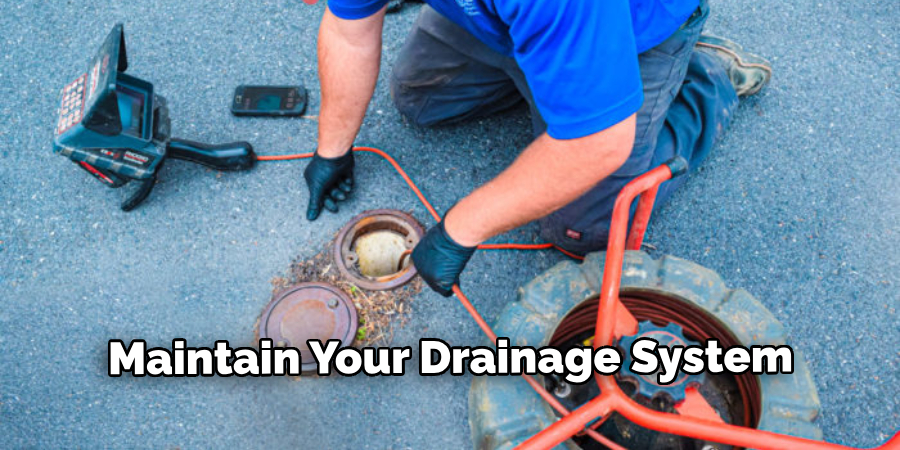
5 Additional Tips and Tricks
- Pre-Inspection: Before using a jetting machine, inspect the drain with a camera to identify the type and extent of the blockage. This will ensure effective and safe use of the jetting system.
- Proper Equipment Usage: Understand the pressure settings of your jetting machine. Different blockages may require different pressure intensities. Misuse could damage the pipes.
- Safety Precautions: Always wear protective gear, including gloves and eye protection, to prevent injuries from high-pressure water or debris.
- Professional Help: If the blockage persists after drain jetting, it’s advisable to seek help from a professional. Persistent blockage could be a symptom of a more severe issue, like a broken pipe.
- Periodic Maintenance: Drain jetting isn’t a permanent solution to clogged drains. Regular maintenance is necessary to keep your pipes clear and working correctly.
With these additional tips and tricks, you can ensure your jetting machine’s effective and safe use to unclog drains.
5 Things You Should Avoid
- Ignoring Signs of Blockage: Dismissing early signs of blockage, such as slow drains or gurgling noises, could lead to more serious clogs or even pipe damage.
- Incorrectly Setting Jetting Machine Pressure: Overly high pressure can damage pipes, while too low pressure may not effectively remove the blockage. Ensure to set the correct pressure based on the type and location of the blockage.
- Neglecting Safety Precautions: Forgoing the use of safety gear can lead to injuries from high-pressure water or flying debris. Always prioritize safety.
- Disregarding Professional Advice: Attempting to tackle persistent blockages without professional help can lead to more significant problems. If a blockage persists after drain jetting, consult with a professional.
- Skipping Regular Maintenance: Relying solely on drain jetting without consistent maintenance checks can lead to larger, unexpected problems. Regular drain maintenance is key to preventing severe blockages.
By avoiding these common mistakes, you can ensure that your drain jetting efforts are effective and safe.
Does Water Jetting Damage Pipes?
One common concern about drain jetting is whether it can damage pipes. When used correctly, water jetting should not damage your pipes. However, incorrect pressure settings or excessive use can cause harm. It’s important to follow the manufacturer’s instructions and seek professional help if you need help with how to use the machine properly.
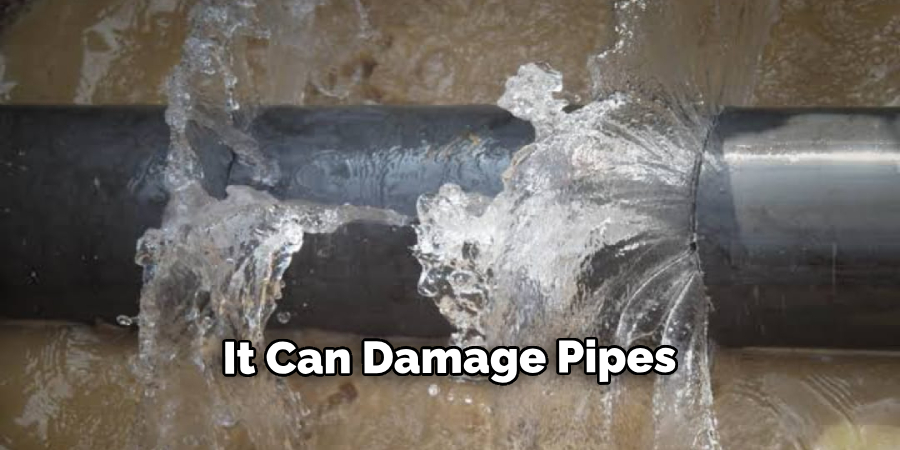
Additionally, it’s vital to have your pipes inspected regularly and maintain them properly to prevent future damage or blockages. By cleaning out debris and buildup, you can avoid the need for more intensive methods like drain jetting.
Conclusion
In conclusion, drain jetting is an effective method for unblocking and cleaning drains. It uses high-pressure water jets to clean out blocked pipes and promote a smoother flow of waste through the system. The results are typically lasting and can make a dramatic difference when combined with other regular maintenance methods on your drainage system.
With the help of this procedure, you can ensure your bathroom showers, sinks, toilets, and more will be running smoothly for years to come. If your drains need a deep cleanse, contact one of our certified professionals today for an assessment. We’ll customize the right approach to fit your needs and guarantee top-quality service from start to finish. Put your faith in our experienced technicians, and we promise you won’t be disappointed!
Hopefully, the article on how does drain jetting work has provided you with a better understanding of this effective method for unclogging drains. Thank you!

